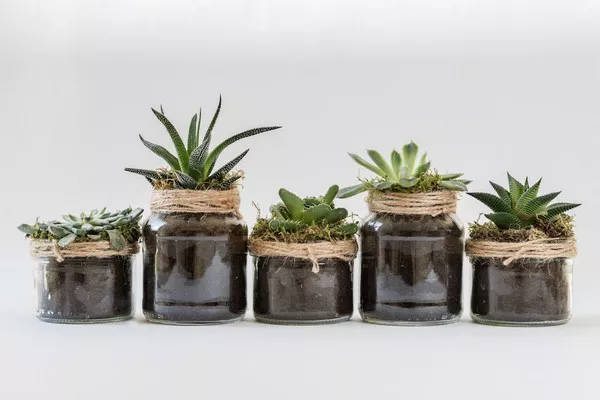Succulents have gained immense popularity among plant enthusiasts due to their unique appearance, low maintenance requirements, and ability to thrive in various conditions. However, as winter approaches and temperatures drop, these resilient plants can face challenges. In colder climates or during unexpected cold snaps, succulents may need protection to survive the harsh conditions. In this article, we will explore effective methods to cover and shield succulents in winter, ensuring their health and vitality during the coldest months.
Understanding Succulent Cold Tolerance
Before diving into the specifics of covering succulents in winter, it is crucial to grasp the concept of cold tolerance. Not all succulents are equally equipped to withstand freezing temperatures. Some succulent species, such as Sempervivum (Hens and Chicks), Sedum, and Agave, are exceptionally cold-hardy and can endure freezing temperatures and frost with little to no damage. On the other hand, tender succulents like Echeveria and Aeonium are more sensitive to the cold and require extra protection during winter.
1. Choosing Suitable Winter Hardy Succulents
To simplify winter care, consider selecting succulent varieties that are naturally more tolerant of cold temperatures. Hardy succulents, like those mentioned earlier (Sempervivum, Sedum, Agave), are excellent choices for gardens in colder climates. By opting for winter-hardy succulents, you reduce the need for extensive winter protection measures.
2. Planting in Sheltered Locations
Strategically planting your succulents in sheltered locations can provide some natural protection from harsh winter conditions. Placing succulents near walls or structures can create microclimates that shield them from strong winds and extreme cold. Additionally, consider planting them under the cover of larger trees or shrubs, as this can offer extra insulation during winter.
3. Mulching for Winter Insulation
Mulching is a valuable practice that helps retain soil moisture, regulate temperature, and protect succulents’ root systems. Before winter sets in, apply a layer of organic mulch, such as straw or wood chips, around the base of your succulents. This mulch layer acts as a protective barrier, reducing soil temperature fluctuations and shielding the roots from freezing temperatures.
4. Utilizing Frost Cloths and Blankets
Frost cloths and blankets are excellent tools for safeguarding succulents from freezing temperatures. These lightweight, breathable fabrics allow sunlight and moisture to penetrate while creating a protective barrier against frost and cold winds. During the night or when freezing temperatures are forecasted, carefully cover your succulents with frost cloths or blankets and secure them in place with rocks or stakes.
5. Building Cold Frames or Greenhouses
For succulent enthusiasts in colder regions, investing in cold frames or greenhouses can be a game-changer for winter protection. Cold frames are essentially mini-greenhouses that trap heat and shield plants from harsh weather conditions. By placing your potted succulents inside a cold frame or greenhouse during winter, you create a controlled environment that promotes their survival and growth.
6. Elevating Containers off the Ground
If you have succulents planted in containers, it’s beneficial to elevate them off the ground during the winter months. Placing containers on pot feet or bricks allows for better drainage and prevents water from accumulating at the base, which can lead to root rot in cold, wet conditions.
7. Monitoring Soil Moisture and Watering Sparingly
During winter, succulents enter a period of dormancy, and their water requirements decrease significantly. It’s essential to monitor soil moisture levels and avoid overwatering, as excessive moisture can cause root rot and other issues. Water your succulents sparingly, only when the soil has dried out completely.
Recognizing Signs of Cold Damage
Despite your best efforts, succulents may still experience some cold damage during severe winters. Familiarize yourself with the signs of cold stress, such as blackened or mushy leaves. If you notice any signs of damage, trim the affected areas to prevent further issues and promote new growth in the spring.
Preparing for Winter Early
Lastly, one of the most crucial aspects of winter succulent care is to prepare ahead of time. As winter approaches, start implementing protective measures and providing proper care to help your succulents adjust to colder conditions gradually.
Conclusion
Succulents are fascinating plants known for their resilience and unique beauty. To ensure their survival and well-being during winter, it is essential to understand their cold tolerance, choose suitable varieties, and implement appropriate protective measures. By planting winter-hardy succulents, using frost cloths or blankets, mulching, and providing sheltered locations, you can successfully shield your beloved plants from the harshness of winter. Remember that proper care, including monitoring soil moisture, avoiding overwatering, and recognizing signs of cold damage, is crucial for the health and vitality of your succulents during the colder months. With the right approach, you can enjoy the beauty of succulents all year round, even in the chilliest winter landscapes.


